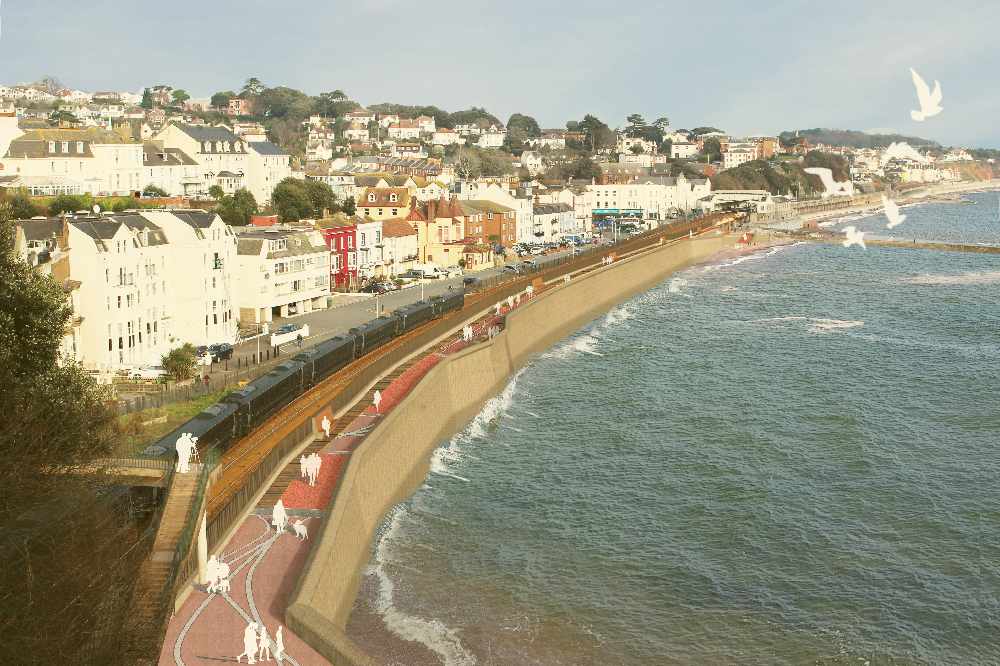
£30million pounds is being spent to protect the rail line.
The plans will raise the wall from its current height of 5m to 7.5m, widen the walkway to 4m from its current 3.1m width, and include a barrier between the pedestrians and the edge of the to stop people falling off the wall.
The design is set to prevent stormy conditions from damaging the railway at Dawlish and aims to improve the long-term resilience of the railway linking Devon and Cornwall to the rest of the UK and secure the future of the line for the next 100 years.
David Lovell, Network Rail senior programme manager for the Dawlish sea wall project, said: “We are looking forward to restarting work on delivering this vital upgrade that will protect the rail artery to the south west for the next 100 years.
“Our plans have been drawn up by world leading engineers and it will provide greater protection to the railway and town from rising sea levels and extreme weather.
“We will continue to update the community with how our work is progressing.”
Anne-Marie Morris, Member of Parliament for Newton Abbot said: “As Network Rail’s break from working on the line at Dawlish during peak summer months comes to a close, I welcome the fact that the work will resume on September 9.
“This vital work will ensure that we have a train line that is robust and fit for the future and continues to act as a crucial transport and commercial artery through the constituency and wider South West”
Here is all you need to know about the Dawlish sea wall improvement scheme.
WHAT IS THE NETWORK RAIL PLAN?
The plans will raise the height of the sea wall from its current height of 5m to 7.5m, will widen the walkway to 4m from its current 3.1m width, and include a barrier between the pedestrians and the edge of the to stop people falling off the wall.
WHY IS THE WORK NEEDED?
The proposed works are needed to provide resilience to the railway line for the next 100 years to protect it from closure and to reduce the current over-topping of water from the sea by 90 per cent.
The proposal is driven by the need to address an existing flooding problem and to meet the future demands of climate change where sea levels are predicted to rise by 0.8 metre in the next 100 years. The works would protect the existing mainline railway which constitutes a regionally-important part of the sustainable transport infrastructure.
WHAT WORK HAS ALREADY TAKEN PLACE?
Phase one of the scheme began on Saturday, June 1. Site preparation work took place, which included the installation of pipes for pumping concrete, as well as noise, vibration, track and structural monitoring equipment being installed to ensure that the main works cause as little disruption to local residents and property as possible.
Beach material was also moved to aid construction activities, construct the concrete foundations and install vertical anchors.
The work ceased on Sunday, July 14 for the peak summer season until September 9 so the work has as little impact on visitors and local businesses as possible.
WHAT HAPPENS IN SEPTEMBER?
Once work restarts of September 9, phase two, the main construction of the sea wall will begin.
The first week mainly about getting the site ready again and taking delivery of huge machinery by land and sea.
In terms of the build itself, the first few weeks will be work on the foundations before the concrete panels start to be put in place from October, which is when the look of the wall will start to take shape.
On the sea wall, the vertical anchors will be installed, as will the pre-cast concrete panels, and the concrete work, while track drainage will take place.
At the town gateway site, new foundations will be excavated, the existing promenade sections will be demolished, and the pre-cast concrete units will be installed.
On the promenade, surfacing work will take place, the lighting and seating will be installed, and the site will then be cleared and demobilised.
Work is due to be complete by the Spring of 2020, but Network Rail have stated that\as the project is so dictated by tides and weather, it is very likely that they will cause further delays.
HOW WILL THE NEW SEA WALL BE BUILT?
A new foundation in front of the existing sea wall will be built to support precast panels which will clad the existing wall. This will be infilled with concrete between the facing panels and the existing sea wall.
A new parapet will be installed along the edge of the new sea wall to increase the crest height and reduce the overtopping of waves.
A new railway boundary upstand wall and fence will be constructed to improve safety of the public near to the railway line.
Ramps will connect the new raise promenade to the existing walkway levels at Colonnade underbridge and Boat Cove. Enhanced public amenities will be provided in the form of coloured and textured concrete surfacing, benches, lighting and signs.
WHEN WILL STAFF BE WORKING?
Staff will be working in both low tidal windows in each 24 hour period, with all operations planned during those time slots. Typically, work will start five hours before, and finish five hours after, low tide.
Work will be carried out six days a week, but these days will be selected to maximise spring tide working.
WHAT ABOUT CAR PARKING?
For the duration of the work, there will be no car parking spaces available in Marine Parade, with the parking bays suspended. This will enable them to be used by construction staff to enable the delivery of vital materials.
Vehicular access to properties along Marine Parade will be maintained and where possible, a number of bays will be kept open for use by residents. The location of the bays will change depending on the location of works along the sea wall.
WHAT ABOUT PEDESTRIAN ACCESS AND ACCESS TO THE BEACH?
All work will be undertaken outside the peak summer tourist season and where possible, as much access to the beach in front of Marine Parade will be retained for public use.
The walkway and access to the public toilets will be maintained throughout the work and Boat Cove will be staffed by a pedestrian marshal to ensure public safety.
Access to the beach and to the promenade will be restricted with pedestrian fencing and pedestrian marshals to ensure the safety of the public.
WHAT ABOUT DELIVERIES?
Pre-cast concrete units will be delivered to a material handling area on the outskirts of Dawlish and then transferred from lorries onto tractor trailers.
These will be towed into Dawlish town centre and then driven under the Colonnade underpass onto the beach. Approximately 10 trips will be made per low tide window in Dawlish.
Where possible, materials will be delivered during normal daytime working hours, but it may be necessary to deliver certain items at unconvential times due to tidal working patterns.
WHERE WILL THE MACHINERY BE STORED?
Large machinery and material will be stored at the Boat Cove landing jetty. The majority of the machinery will be delivered via the sea, using landing craft.
Some static machinery will be located in the existing parking bays on Marine Parade.
WILL THERE BE ANY IMPACT ON TRAIN SERVICES?
No, the works have been carefully planned so that there is no disruption to train services and the travelling public. The works that are required to the tracks have been planned for when no trains are running.
WHO APPROVED THE PLANS?
Teignbridge District Council’s planning committee unanimously granted ‘prior approval’ under Network Rail’s permitted development rights when they met in April.
Councillors voted to approve the plans unanimously, but only after an initial call to review the design and height of the wall and particularly the 1.1m concrete parapet, due to concerns on amenity, drainage, water safety, flood conditions and debris, was lost by 10 to six.
There had been concerns that the height of the scheme will ‘destroy Dawlish’s charm and stop people visiting the town’, but the planning committee agreed that the future of the railway line was paramount.
Under the permitted development rights, only the proposed designs and whether they would negatively impact the amenity of the area could be considered.
The report that went to the planning committee admitted that there would be a significant impact on amenity in Marine Parade as the increase in height of the new wall by up to 2.5 metres would impact on views from Marine Parade towards the sea.
It said that the principal reason for objection to the proposal by residents and holiday makers is the height of the new sea wall and its implications on sea views in the area.
But Network Rail said that any reduction in height of the sea wall would reduce the effectiveness of the sea wall in preventing sea water over-topping, and therefore would be contrary to the whole point of raising the height of the wall
WHAT ABOUT OTHER WORKS TO PROTECT THE RAILWAY LINE?
Parson’s Tunnel to Teignmouth project
Network Rail are proposing to realign the tracks between Parson’s Tunnel and Teignmouth in order to make room for corrective measures to stabilise the cliffs and therefore protect the railway for generations to come.
From 10 June – 15 July 2019 they undertook public consultation, including 10 community events in and around the local area to enable local people to find out more about our proposals, ask questions and express their views.
All responses are now being analysed and the feedback will help inform the further development of the proposals.
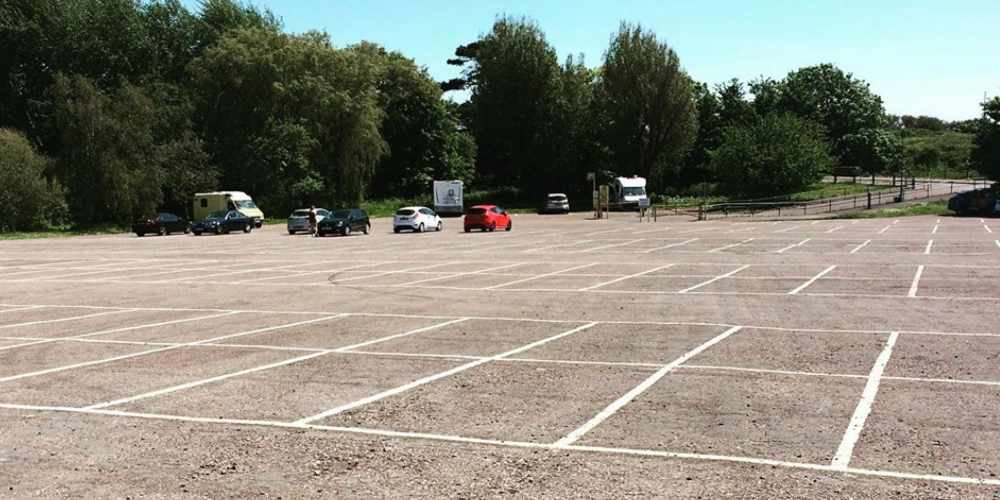 Controversial Exmouth Devoncourt Hotel planning decision delayed
Controversial Exmouth Devoncourt Hotel planning decision delayed
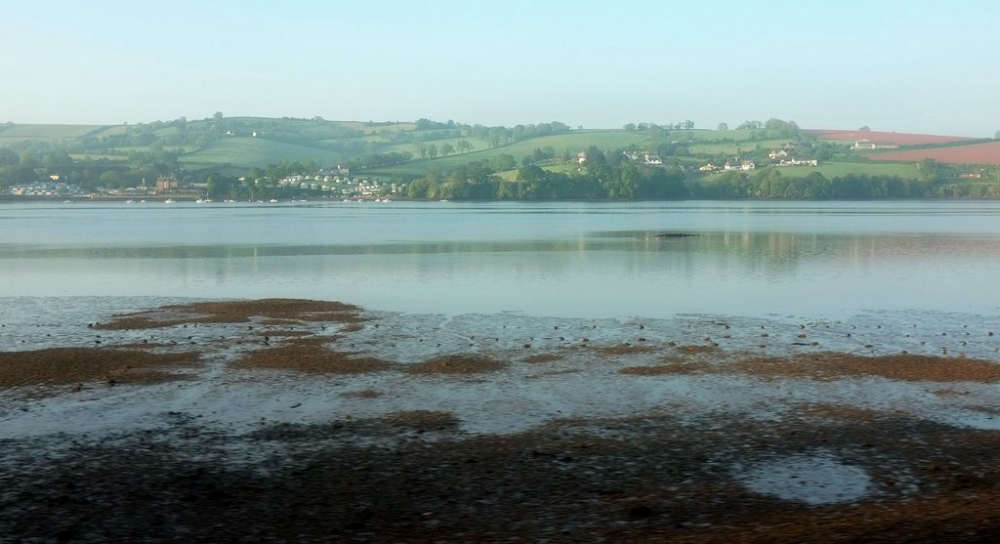 New bacteria ‘threat’ detected in River Teign
New bacteria ‘threat’ detected in River Teign
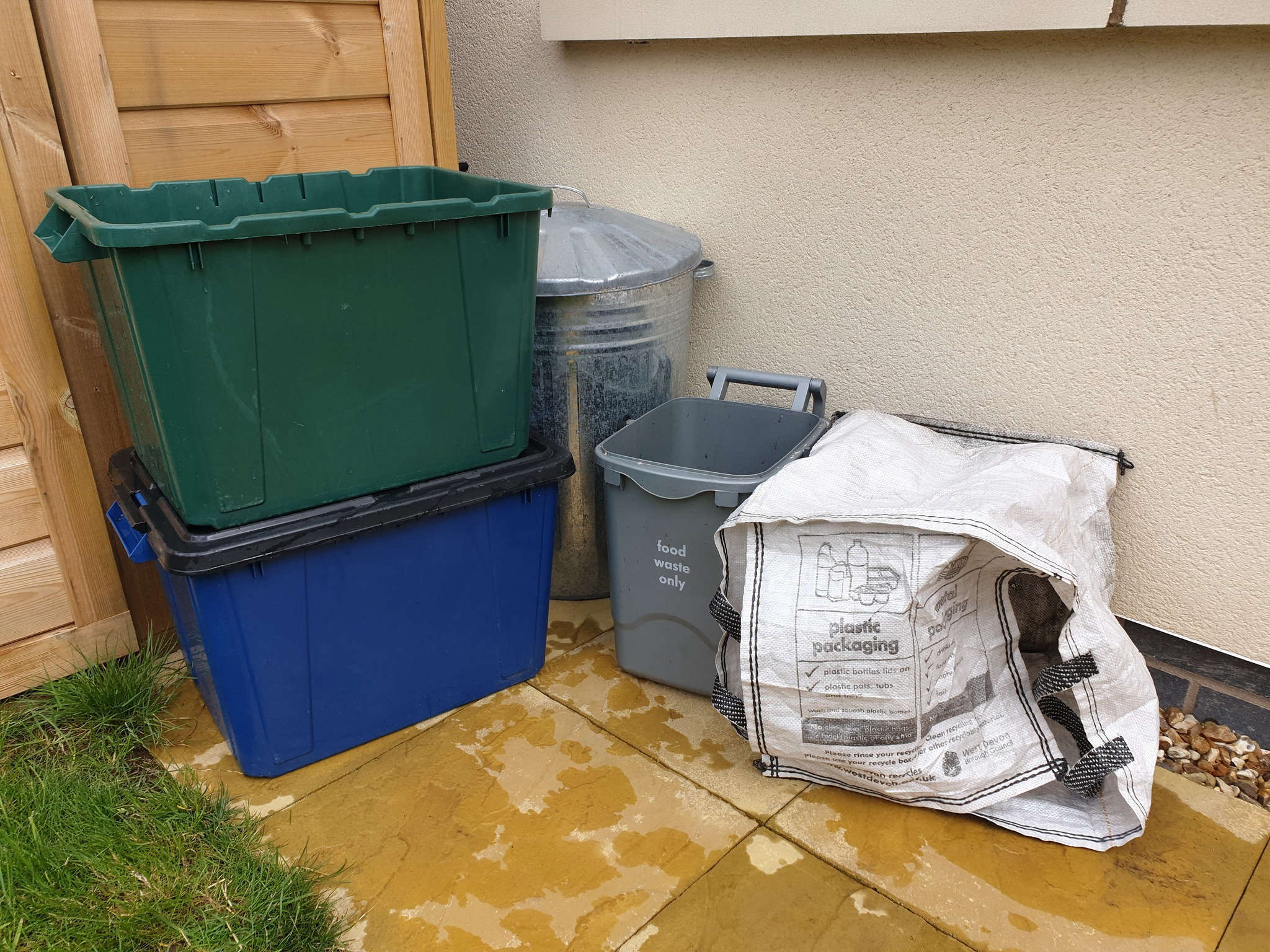 What a waste! 5,000 recycling boxes replaced
What a waste! 5,000 recycling boxes replaced
 New app makes crime reporting easy
New app makes crime reporting easy
 Knife scanner deployed at under-18s event
Knife scanner deployed at under-18s event
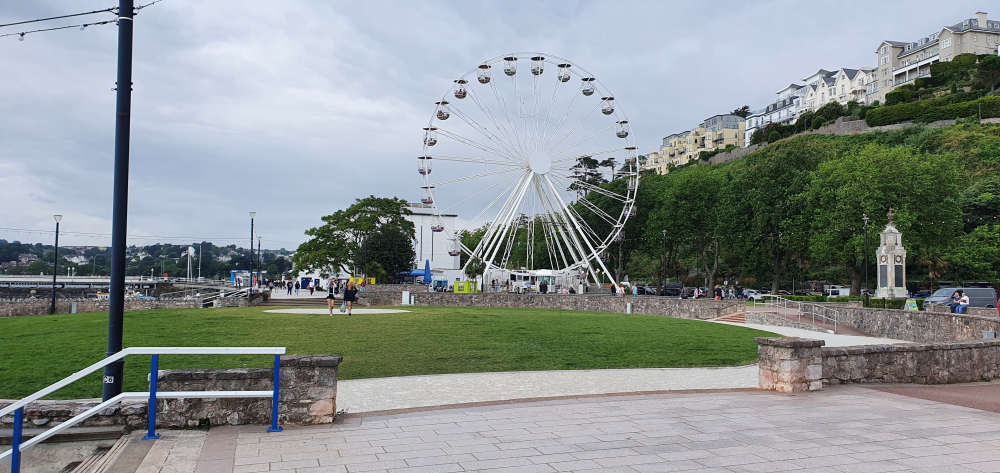 No to Torquay seafront big wheel this summer?
No to Torquay seafront big wheel this summer?
